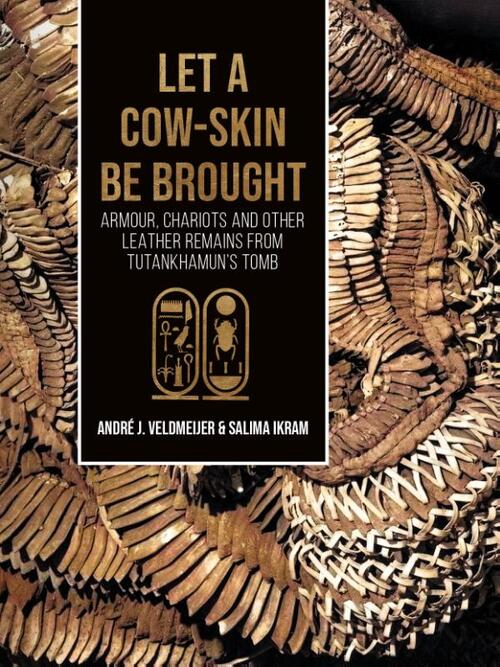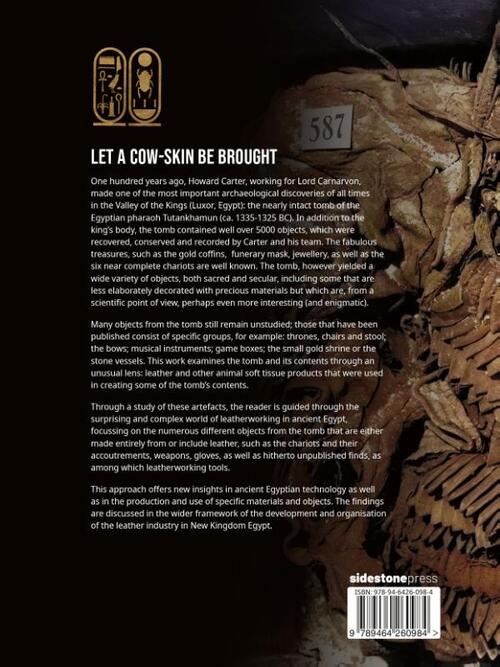95.-
One hundred years ago, Howard Carter, working for Lord Carnarvon, made one of the most important archaeological discoveries of all times in the Valley of the Kings (Luxor, Egypt): the nearly intact tomb of the Egyptian pharaoh Tutankhamun (ca. 1335-1325 BC). In addition to the king’s body, the tomb contained well over 5000 objects, which were recovered, conserved and recorded by Carter and his team. The fabulous treasures, such as the gold coffins, funerary mask, jewellery, as well as the six near complete chariots are well known. The tomb, however, yielded a wide variety of objects, both sacred and secular, including some that are less elaborately decorated with precious materials but which are, from a scientific point of view, perhaps even more interesting (and enigmatic). Many objects from the tomb still remain unstudied. Those that have been published consist of specific groups, for example: thrones, chairs and stools; the bows; musical instruments; game boxes; the gold shrine or the stone vessels. This work examines the tomb and its contents through an unusual lens: leather and other animal-based soft tissue products that were used in creating some of the tomb’s contents. Through a study of these artefacts, the reader is guided through the surprising and complex world of leatherworking in ancient Egypt, focussing on the numerous different leather objects from the tomb that are either made entirely from or include leather. These include chariots and their accoutrements, weapons, and gloves, as well as hitherto unpublished finds. This approach offers new insights in ancient Egyptian technology as well as in the production and use of specific materials and objects. The findings are discussed in the wider framework of the development and organisation of the leather industry in New Kingdom Egypt. The present work also includes chapters with suggestions about how to study archaeological leather and an update on leather use in the New Kingdom.

- : Salima Ikram, André Veldmeijer
- : Sidestone Press
- : 9789464260991
- : Engels
- : Hardcover
- : 170
- : november 2022
- : 868
- : 286 x 215 x 17 mm.
- : Archeologie; Oude Egypte (2686 v.C. - ca. 323 v.C.)

